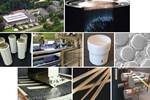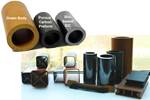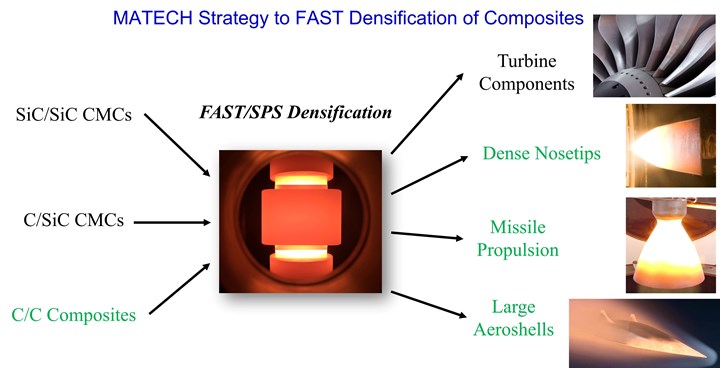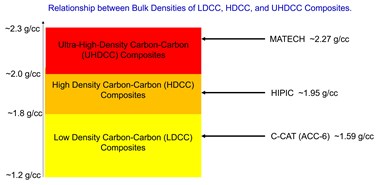MATECH’s FAST technology achieves ultra-high density C/C composites
Targeting demanding hypersonic missile applications and ballistic reentry, the patent-pending process increases C/C composite ablation and oxidation resistance by 20 times.
MATECH (Westlake Village, Calif., U.S.) has announced the creation of ultra-high density (UHD) carbon-carbon (C/C) composites using its novel field-assisted sintering technology (FAST). FAST enables C/C composites with an ablation and oxidation resistance 20 times greater than today’s “off the shelf” C/C composites, the company contends. Applications include nose tips and leading edge components for demanding hypersonic missile applications and ballistic reentry.
This patent-pending technolgy extends MATECH’s prior work using FAST for the densification of SiC/SiC and C/SiC ceramic matrix composites (CMC) in <10 minutes (U.S. patents 10,464,849 and 10,774,007). Now, through its new process, C/C composite bulk densities in excess of 2.20 gram/cubic centimeter (g/cc) have been demonstrated, approaching the absolute theoretical density of graphite (2.26 g/cc). In addition, extensive fiber pull-out upon fracture has been documented. FAST C/C composites are readily scaleable for nose tips and leading edge components for hypersonic missile applications. In addition, MATECH notes that the process is safe, inexpensive and relatively easy.
This is unlike high-density carbon-carbon (HDCC) composites originally pioneered for ballistic reentry nose tips in the 1960s and 1970s, developed using the hot isostatic pressure impregnation carbonization (HIPIC) process. Despite routinely producing bulk densities of 1.95 g/cc, HIPIC was considered dangerous, expensive and difficult.
MATECH is formally announcing its patent-pending developments during a Jan. 23rd session at the 47th Annual Composites, Materials & Structures (CMS) Conference in St. Augustine, Florida.
Read more about FAST, “A new era for ceramic matrix composites.”
Related Content
-
Infinite Composites: Type V tanks for space, hydrogen, automotive and more
After a decade of proving its linerless, weight-saving composite tanks with NASA and more than 30 aerospace companies, this CryoSphere pioneer is scaling for growth in commercial space and sustainable transportation on Earth.
-
Bioabsorbable and degradable glass fibers, compostable composite parts
ABM Composite offers sustainable options and up to a 60% reduction in carbon footprint for glass fiber-reinforced composites.
-
JEC World 2023 highlights: Innovative prepregs, bio-resins, automation, business development
CW’s Jeff Sloan checks in with JEC innovations from Solvay, A&P, Nikkiso, Voith, Hexcel, KraussMaffei, FILL, Web Industries, Sicomin, Bakelite Synthetics, Westlake Epoxy and Reliance Industries.


















